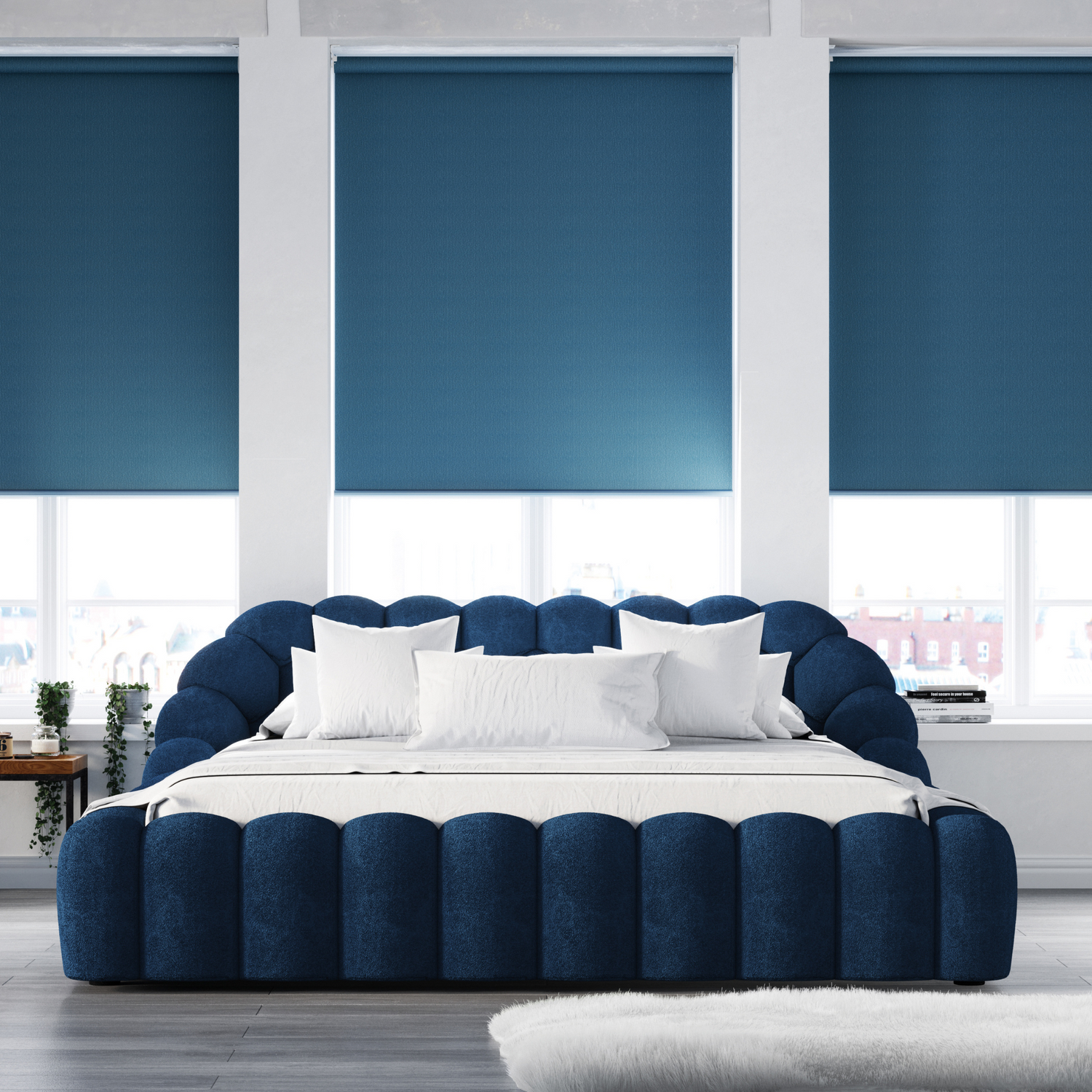Introduction
In today's world, energy efficiency is not just a buzzword; it's a key consideration for homeowners looking to reduce their environmental footprint and energy bills. One often overlooked aspect in this quest is the role of window treatments. This blog explores how the right blinds and shades can significantly impact your home's energy efficiency.
1. The Science of Insulation
Window treatments provide an extra layer of insulation. In winter, they trap heat inside, reducing the need for excessive heating. In summer, they reflect sunlight, keeping your home cooler. This thermal regulation directly impacts your energy consumption.
2. Material Matters
The material of your blinds plays a crucial role. Cellular shades, with their honeycomb design, are particularly effective at trapping air and providing insulation. Heavier materials can also block heat transfer, making them ideal for both warm and cold climates.
3. Colour and Reflectivity
Lighter coloured blinds reflect sunlight, helping to keep your home cooler in the summer months. Conversely, darker shades absorb heat, which can be beneficial during colder periods.
4. Automation and Smart Blinds
Motorised blinds can be set to open and close at optimal times to maximise natural light and heat regulation, further enhancing energy efficiency.
5. The Cost-Benefit Analysis
While energy-efficient window treatments might have a higher upfront cost, the long-term savings on energy bills can be substantial. They're an investment in both your home's comfort and its environmental impact.
Conclusion
Choosing the right window treatments is a smart step toward a more energy-efficient and cost-effective home. By understanding the role of blinds and shades in thermal regulation, homeowners can make informed decisions that benefit both their wallets and the planet.


